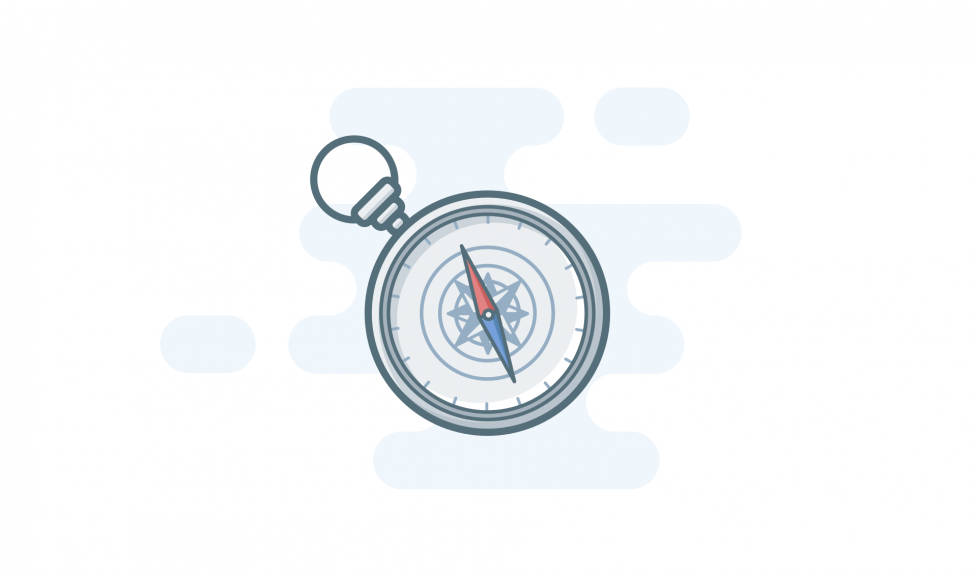Biking and Walking Maps
The Boulder Valley has more than 300 miles of bikeway, including 96 miles of bike lanes, 84 miles of multi-use paths, 50 miles of designated bike routes and Neighborhood GreenStreets prioritized for bicycle and pedestrian travel.
The Safe Streets Report measures traffic crash data in the City of Boulder. It identifies trends in crashes, evaluates past safety improvement efforts, and provides an overview of the city's efforts to continuously improve transportation safety.
Transportation Plan
The city's Transportation Master Plan is the guiding policy document for our transportation system. Our vision is to create a safe, accessible and sustainable multimodal transportation system that connects people with each other and where they want to go.
Streetlight Conversion
We have purchased over 4,400 streetlights from Xcel Energy and are now converting these lights to more efficient LEDs. This project will save costs, update technology, improve reliability and safety, and reduce carbon emissions. A map of conversion locations is available online.
Transportation Maintenance
A well-maintained transportation system ensures the safe and efficient movement of people, goods and services and is essential to the city's economic vitality and environmental sustainability.
Vision Zero
Vision Zero is the Boulder community's goal to reduce the number of traffic-related severe crashes (fatalities and serious injuries) to zero. The program uses a data-driven approach to increasing the safety of Boulder's streets and will be implemented through the Vision Zero Action Plan.
*Please note that the Crash Data Dashboard is on pause and data stopped updating late November 2023.
Transportation Report on Progress
The report measures the City of Boulder’s progress toward achieving the goals of the Transportation Master Plan. It is updated every few years and serves as an overview of where the city has made progress and where there are areas for improvement.
Volunteer Maps
The Transportation and Mobility Department offers several year-round volunteer opportunities to community members and organizations looking to give back in meaningful ways. Learn more on the Volunteer Programs webpage or view the maps below to find adoptable locations to volunteer at in your neighborhood.
Modal Shift Report | Boulder Valley Resident Travel Study
The Modal Shift Report documents the results of the bi- or tri-annual travel diary study, which includes a travel survey and diary. This survey has been conducted since 1990 and asks representatives from more than a thousand households in the Boulder Valley to track all their trips greater than two blocks in length for a 24-hour period.
This report tracks changes in the number of trips, trip type and characteristics, and mode of travel used over the years for Boulder Valley residents. Trip characteristics are also compared to regional and national data and are reported by standard demographic characteristics such as age, sex, student, owner/renter, type of housing unit, income, and car, bike and EcoPass availability.
Data from the study helps inform city planning efforts and track progress to meet Transportation Master Plan goals.
Boulder Valley Employee Survey
The Boulder Valley Employee Survey (BVES) is a biennial survey of employees who work within the Boulder Valley. The BVES was designed to understand an important dimension of travel behavior within Boulder, that of employees who work in Boulder, but who may not necessarily live here.
The first survey of Boulder Valley employees’ transportation habits was conducted in the summer of 1991. This report tracks changes in the number of trips, trip type and characteristics, and mode of travel used over the years for Boulder Valley employees. Trip characteristics are also compared to regional and national data and are reported by standard demographic characteristics such as age, sex, owner/renter, income, distance from work, city of residence, job requirements, and car, bike and Eco Pass availability.
